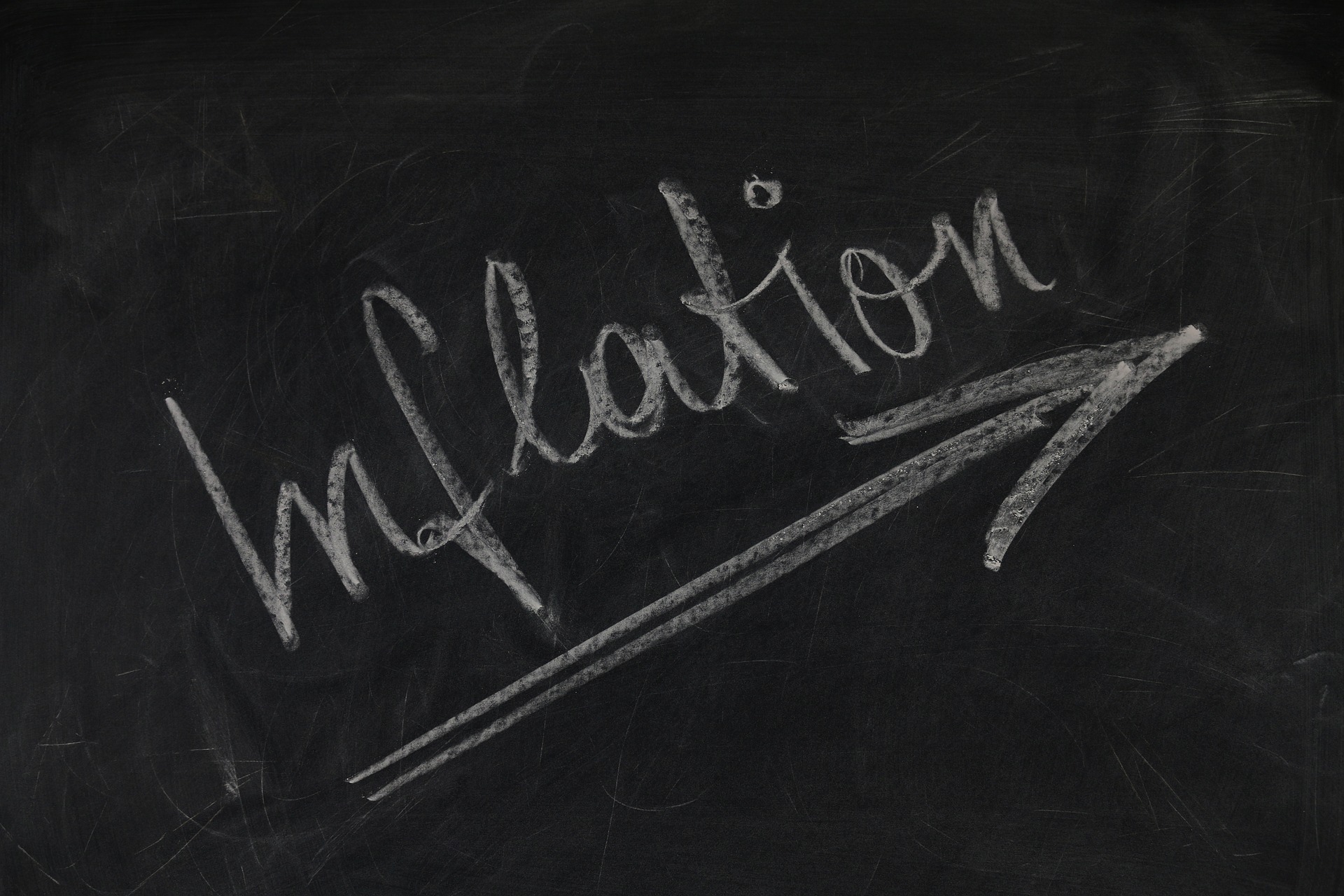Over the last several weeks we’ve seen an uptick in interest rates, particularly in the benchmark ten year Treasury note. While yields are up (which means prices are down), they are still far from being considered high. In fact, we are still nearly fifty basis points under where we started 2016.
Even with rates below last year’s levels, the Federal Open Market Committee will likely raise the benchmark Fed Funds rate at their December meeting. The global economic situation remains precarious, however, and as such any rate increase is sort of like tiptoeing out onto a high wire.
What the Future Holds
We believe the Fed will raise rates a quarter of a point in December, and, barring any significant changes, continue to find evidence to increase rates two or more times next year. But, given the state of the world and the lackluster growth domestically, we expect this business cycle to be stunted. Unlike the last tightening period, which saw no more than three months between hikes, we are likely to see a stepped progression in rates, with longer periods between rate increases. A graph of the last cycle resembles a steep mountain with its peak chopped off, but this time around we are likely to see a shallow staircase rising and, eventually, descending. Rates will not reach the 5% range that they did in the last expansion, when rampant borrowing and a housing bubble contributed to the supposed existence of a red-hot economy.
There are various factors that could change this forecast, but if the U.S. economy continues to stumble forward as it has, this is the situation we expect to unfold over the next two years.
Emotional Markets and the Fed
The upcoming presidential election has the capacity to swing investor sentiment, but no matter who wins, there is unlikely to be any immediate change in the economic situation. Any promised tax plans or other legislative efforts will take time, so any effect to the markets is likely to be purely emotional.
Let’s not discount the impact emotional reactions can have on the market, though. From the 2013 “taper tantrum” to the large sell off following last year’s quarter point rate hike, the market is not known for keeping a cool head. This risk of an outburst is something the Fed is trying hard to avoid by saying loudly and repeatedly that they plan to raise rates. But, the Fed has proven in recent years that they are willing to give in to market tantrums. Despite Fed officials insisting that a rate hike was imminent and the market should be prepared, the Fed failed to raise rates throughout 2016, just as they did in 2015. And, like in 2015, it’s likely they will wait until the last possible opportunity in December to make a rate hike. The good news is that it seems the market has priced in the Fed’s anticipated move, and so any market reaction should be subdued.
Looking Ahead
The bond market has been very tight in recent months. Few new bonds are being created, and the secondary market has been sleepy at best. Any hike by the Fed should see increased activity, especially in the secondary market. Those who trade constantly in and out of bonds will look to reduce their holdings, presenting buying opportunities for those of us in the buy and hold camp.
This information is not intended to be used as the only basis for investment decisions, nor should it be construed as advice designed to meet your particular needs. You are advised to seek the advice of your financial adviser, legal or tax professional, prior to making any investment decision based on any specific information contained herein.





